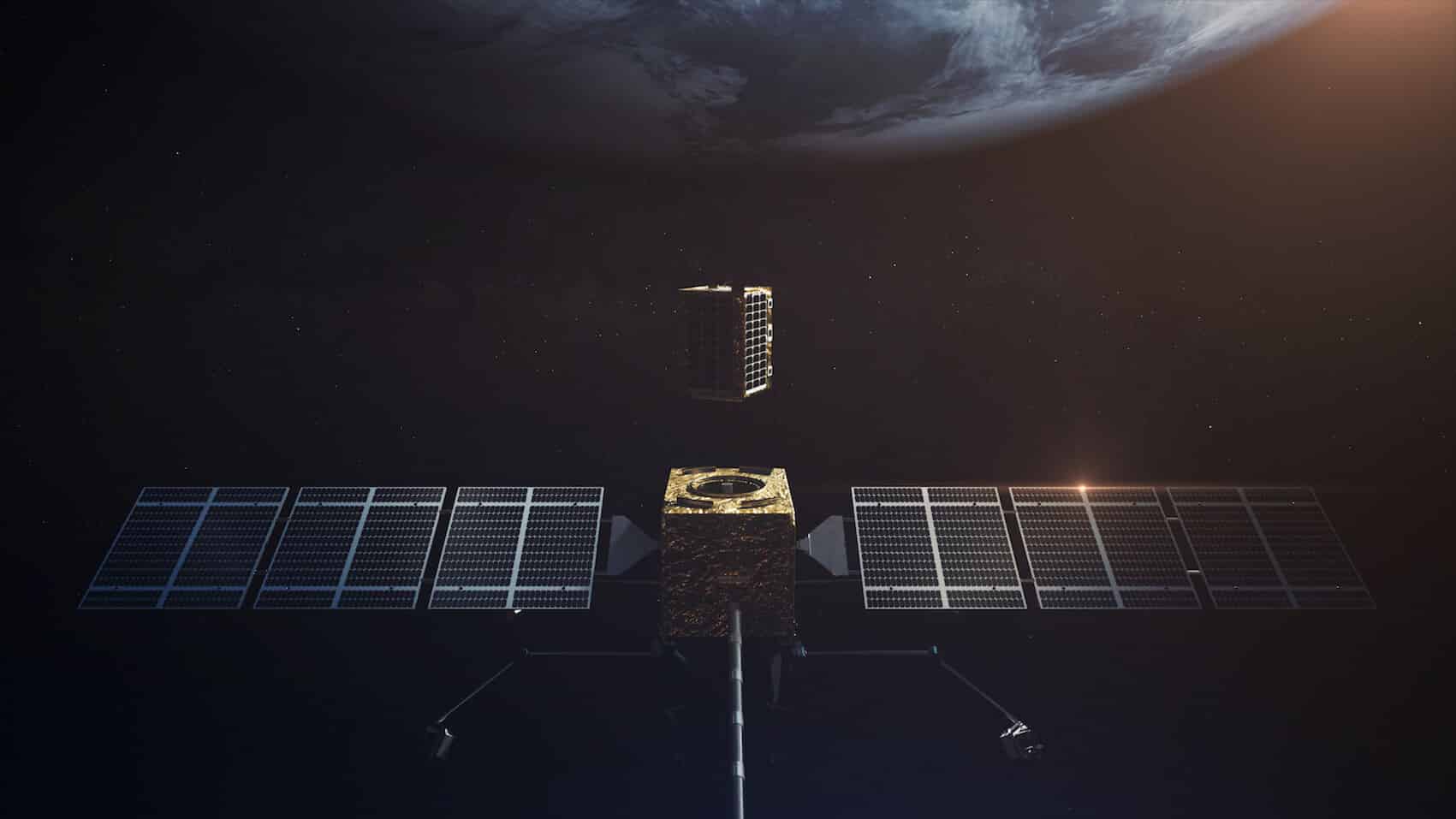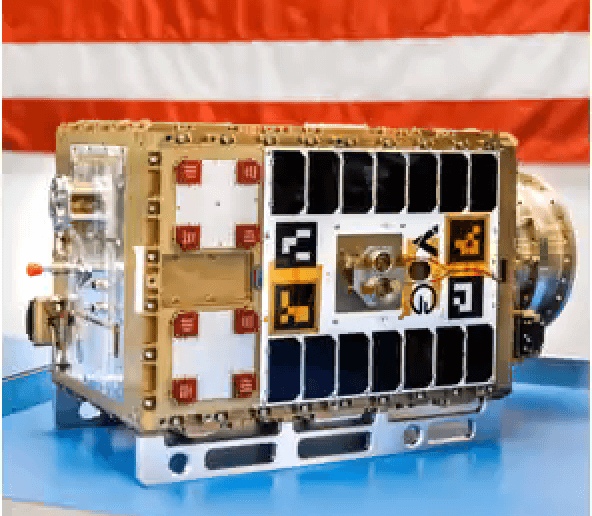LEXI is the world's first pre-designed satellite with space refueling capabilities. According to the initial agreement between Astroscale and OrbitFab, the spacecraft refueling station will supply Astroscale's planned fleet of satellites with approximately 1000 kg of Xenon, thus significantly increasing the scope of the satellites' activity and their reach.

Astroscale, which provides satellite service and long-term orbital sustainability, and Orbit Fab, a space refueling service provider, entered into a commercial agreement, under which Astroscale's fleet of LEXI (Life Extension In-Orbit) satellites designed for life extension missions of satellites in space, will be able to benefit from the services of Refueling from 'space gas stations' to be provided by Orbit Fab. LEXI is the world's first pre-designed satellite with space refueling capabilities. These days Astroscale is working on developing a new refueling interface and at the same time on developing the ability to connect in space.

According to the initial agreement between the companies, the space refueling station of Orbit will provide Astroscale's planned fleet of satellites with about 1000 kg of Xenon, thus significantly increasing the scope of the satellites' activity and their reach. "This is a defining moment for the space services market," he says Ron Lopez, President of Astroscale USA. "The agreement between the companies strengthens the added value for our customers and will grow new business models between different companies that provide services in space."
The LEXI satellite is planned to reach a geosynchronous orbit in space ("GEO" - height 35,786 km above the Earth's equator) in 2026 and will provide life extension services to satellites of commercial operators, the US government and other countries around the world. Among the services: track maintenance and control, navigation corrections, repositioning and even removal of malfunctioning satellites to "space junkyards" sites.
"This is a great hysterical moment for the space industry and it demonstrates the need for refueling capabilities in space," he says Daniel Faber, CEO of Orbit Fab. "There is a growing demand for the provision of services in space. The agreement between the companies is the first of its kind in the space industry and will allow us to build and develop our "flying gas stations." We undertake in advance to supply the fuel at a 'fix' price and Astroscale undertakes to purchase the fuel from us."
Orbit Fab plans to deploy dozens of fuel tanks and refueling space shuttles within the next five to ten years in both low satellite orbit ("LEO") and geosynchronous orbit ("GEO"). The two companies are also exploring further cooperation in the direction of expanding the market, including the ability to transport fuel from space tankers to operational satellites. The first two shuttles/flying fuel stations will be launched in 2023.
According to Arya Helzband, CEO of Astroscale Israel, an entrepreneur and pioneer of the space industry in Israel, the innovative technology of servicing satellites in orbit will enable a revolution in the conservative way in which fleets of satellites in space have been managed until now. The agreement makes it possible to disconnect the connection between the size of the satellite at the time of launch and the amount of fuel it will be able to use during its lifetime, so that a smaller satellite can provide much more life extension services in orbit, and for heavier satellites.
More of the topic in Hayadan:
- Astroscale's patent: like a tow hook - only for satellites:
- Exo-Mars: The scientific instruments on the Mars rover TGO have been activated for testing
- The world's first space cleaning satellite, Astroscale's ELSA-d successfully demonstrated magnetic attachment to a malfunctioning satellite
- Cooperation between NASA and the Israeli Space Agency
